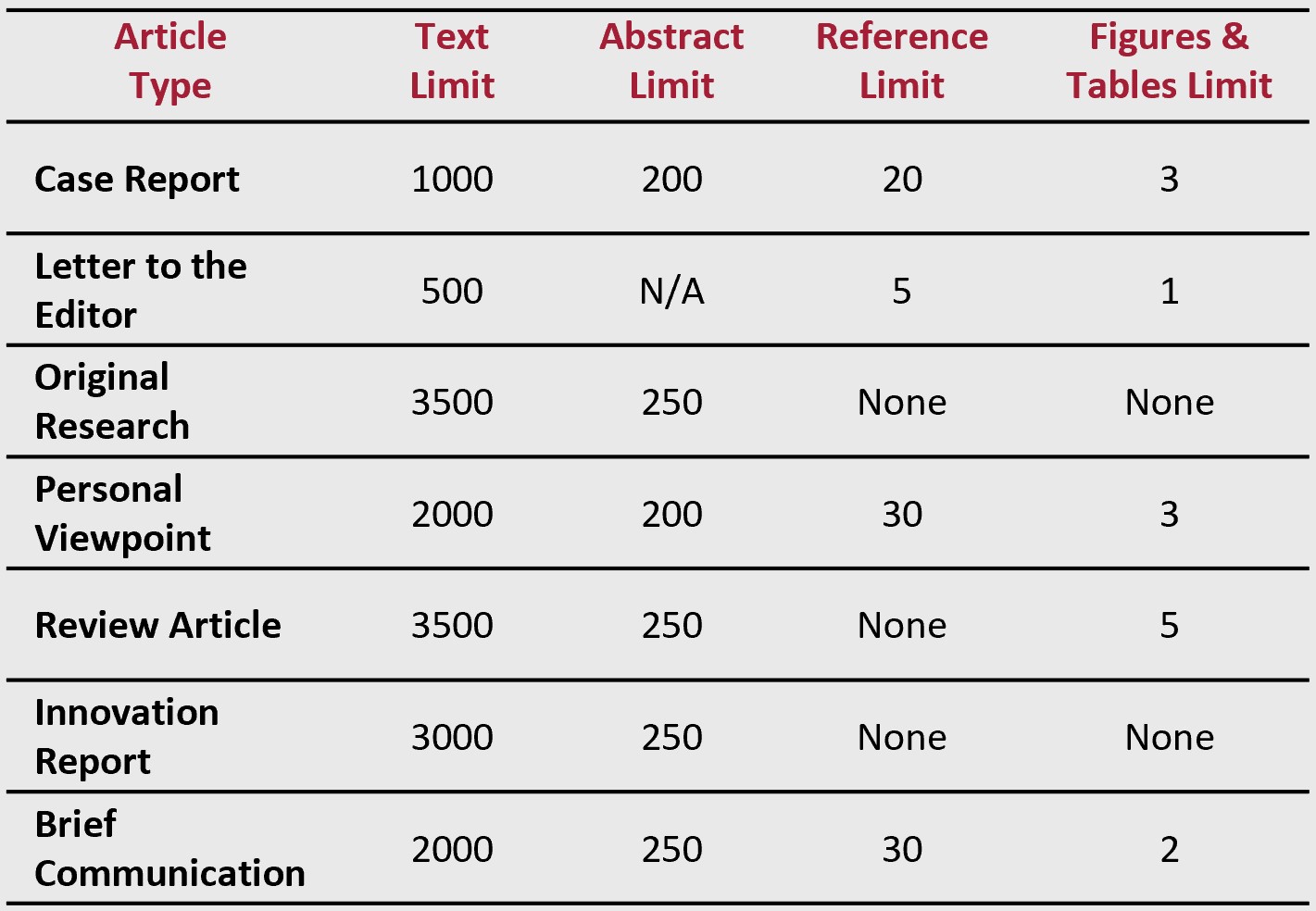For Authors
Updated September 2023
Overview
The Katz Journal of Medicine (KJM) seeks to provide its readership with quality research and writings with the principal objective of advancing healthcare in a patient-centered manner. KJM accepts articles with a clinical or basic science focus. Submissions are peer-reviewed in a bias-blind format by an MD-student, PhD-student, and topic expert. While the journal is run by Temple University, submissions are not restricted to Temple students and faculty. Authors should review and edit their submission according to the following information.
Please click here to view a PDF with complete author instructions.
Manuscript Submission
All manuscripts must be submitted online through the author portal at https://tuljournals.temple.edu/index.php/kjm/about/submissions
The author portal contains 5 steps to complete a submission:
- Start
- Upload Submission
- Enter Metadata
- Confirmation
- Next Steps
During the Upload Submission step, you will be asked to upload the manuscript. The “Article Component” being uploaded should be designated as “Article Text” from the drop-down menu. This upload should contain all aspects of the manuscript (Title page, abstract, manuscript text, tables, figures, table headings, figure legends, and references). No other upload types should be needed.
Manuscript Types
This table lists and describes the type of manuscripts accepted at KJM. Further information on each type can be found below.

Case Reports
Case Reports should highlight unique clinical or scientific observations that may be of interest to researchers or practitioners. The report should describe the extraordinary circumstance, intervention, and outcome in detail. The abstract may follow a non-structured format, simply summarizing the report, without headings.
Letters to the Editor
Letters to the Editor should convey the authors' thoughts and opinions regarding recently published content. A Letter to the Editor must be submitted no more than two months after the article in question was published. The authors may cite data or information to support their opinion. The authors of the original article may also be given the opportunity to respond to the Letter to the Editor submission. This submission type does not require an abstract.
Original Research
Original Research should communicate a clinical or scientific investigation following the scientific method. The article should report on new work and be classified as primary literature. The work should be presented in sufficient detail for the methods to be repeated and judged by peers in the field. The writing should follow standard manuscript formatting as described in the Manuscript Preparation section. This article type requires a structured abstract.
Personal Viewpoints
Personal Viewpoints should convey the opinion of the author(s) on a relevant topic in medicine or translational science that would be of interest to KJM’s readership. Authors are given permission to extend beyond the extent of objective reporting; however, should refrain from making statements that are unsupported by fact or literature. Novel data should not be used in personal viewpoints. The abstract may follow a non-structured format, simply summarizing the report, without headings.
Review Articles
Review Articles should present summarized information on a relevant topic in medicine or basic science. The review should provide a broad and exhaustive overview of the topic by combining information from many sources. The article’s referenced literature should come from peer-reviewed journals, with rare exceptions allowing for grey-based literature. The abstract may follow a non-structured format, simply summarizing the report, without headings.
Innovation Reports
Innovation Reports address novel efforts to improve hospital, institutional, or academic-based systems from a qualitative or quantitative perspective. Innovation Reports often describe quality improvement efforts, data-based systematic change, and/or institutional advancement programs. While original data is not required for submission, authors are encouraged to incorporate evidence-based measurements to objectively quantify change. Unlike original research articles, Innovation Reports are most often written according to the following section headings: Problem, Approach, Outcomes, Next Steps. The abstract should also be written according to these section headings.
Manuscript Preparation
A template is provided for each manuscript type below. Each template includes all information required for that manuscript type.